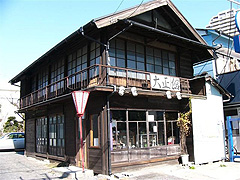
古美術 大正館
築70年の住宅を使った、生活ガラスと骨董、絵画を扱う古美術店。主人が大好きだという大正~昭和30~40年代のガラスの器は、グラスで300~7000円程度と普段使いに程よい値ごろ。骨董品市や買取等のため営業していない場合があるので、一度店舗へ連絡を入れてから訪ねるのがおすすめ。
Info
Business Hours
Price
Spot Category
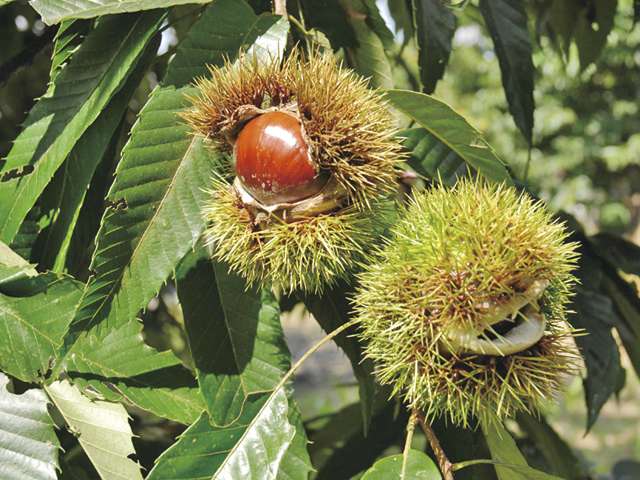
栗拾いは8月下旬から10月上旬まで楽しめる
The information provided reflects the details available at the time of the survey.
Please note that facility details may change due to the facility’s circumstances, so please check for the latest information before visiting.
This content has been translated using machine translation.
Information provided by: JTB Publishing
The content uses an automatic translation service, which is not always accurate.
The translated content may be different from the original meaning, so please understand and use it.

築70年の住宅を使った、生活ガラスと骨董、絵画を扱う古美術店。主人が大好きだという大正~昭和30~40年代のガラスの器は、グラスで300~7000円程度と普段使いに程よい値ごろ。骨董品市や買取等のため営業していない場合があるので、一度店舗へ連絡を入れてから訪ねるのがおすすめ。
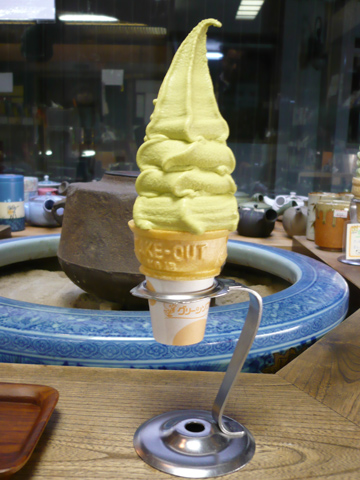
明治5年(1872)から続く日本茶店。抹茶をブレンドした、口当たりのよいソフトクリーム250円が味わえる(冬期は土・日曜、祝日のみ)。店内には椅子もあり、座って食べることもでき、ソフトクリームを食べながら店独自のブレンド茶を試飲できる。低価格でも充分おいしい鈴木園100g540円。茶器・花器も多数取り揃えている。
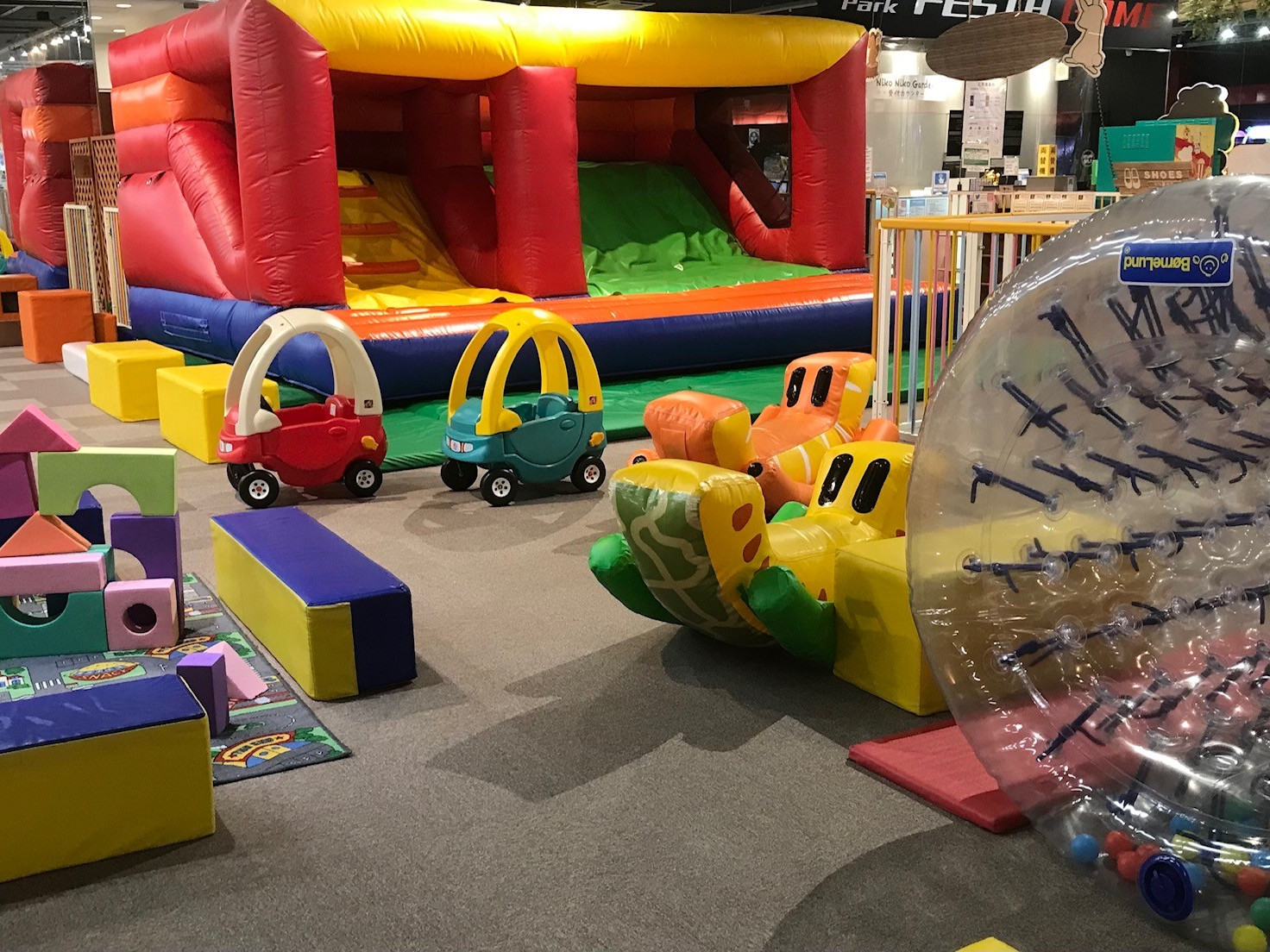
大型ゲームセンター「FESTA(フェスタ)古河店」内にあり、0~8歳までの子どもと保護者を対象とした屋内アスレチックが楽しめる。登ったり滑ったりできるスライダー型のふわふわエア遊具は、人気のアクティビティのひとつ。転んでも痛くないので、安心して体を動かそう。ふわふわ遊具のフルーツカットシーソーや、ぐるぐる転がって遊ぶサイバーホイール、ボールプール、たくさんの風船を使ったアクティビティなど、全身を使った遊びが満喫できる。体を動かすだけでなく、ソフトブロックつみきやおままごと遊具など、創造性や想像力を刺激する遊びも多彩に揃う。持ち込みできる飲食可能スペースがあるので、ランチを持参して1日過ごすのもおすすめ。
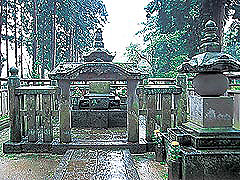
The year of Oei 21 (1414) is a famous temple of the Jodo sect, reportedly as the Genjon. A great deal of donation was made by the Tokugawa family to rebuild the main hall and bell tower (currently under reconstruction facilities and cannot be seen), from where they were deeply devoted to the tenth-generation Ryokujinjin, and established it as a bodhi-ji temple. The main hall, which is the best of the temple architecture of the early Edo period, is renovated in 2007. You can feel the power of the Tokugawa shogunate in the Buddhist tools and furnishings. On the left side of the main hall is the tomb of Chihime.

A temple of the Jōdo Shinshu Hongan-ji school. The first generation of the Seiki family, Asamitsu, who also participated in the shogunate as a sensei crowd, invited the younger brother of the clan, Shinbutsu, to open. It is said that the name of the temple, the name of the temple, is derived from the name of the law that Asamitsu came to the house and gave it to him. It holds a number of cultural treasures, including the "Shōjo Kanashu", which is said to be the autograph of Kinji, as well as portraits and wooden statues of the morning light, the Mireya Gate, and the Nijomon. At the back of the precinct, where there is a large ginkgo tree and a bronze statue of the saint, there are tombs ranging from the first morning light to the fourth generation Tokihiro.

An ancillary facility of the Kasumigaura City History Museum, which was a relocation of a wealthy local farmhouse from the Edo period, consisting of two buildings: a thatched main building and Itakura, which used to be a grain warehouse.
This website uses cookies so that we can provide you with the best user experience possible. Cookie information is stored in your browser and performs functions such as recognising you when you return to our website and helping our team to understand which sections of the website you find most interesting and useful.
Strictly Necessary Cookie should be enabled at all times so that we can save your preferences for cookie settings.
If you disable this cookie, we will not be able to save your preferences. This means that every time you visit this website you will need to enable or disable cookies again.
